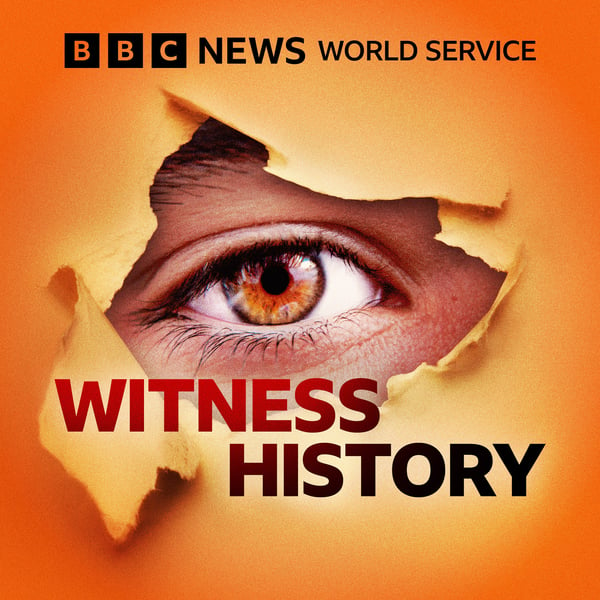The universal recycling symbol
Witness History
BBC
4.4 • 1.6K Ratings
🗓️ 11 April 2023
⏱️ 9 minutes
🧾️ Download transcript
Summary
Transcript
Click on a timestamp to play from that location
| 0:00.0 | Hello and thank you for downloading the witness history podcast from the BBC World Service |
| 0:09.5 | with me Rachel Naylor. Today I'm taking you back more than 50 years to when one of the |
| 0:14.3 | most well known logos in the world was created. I've been speaking to the man who designed |
| 0:19.3 | the recycling symbol. |
| 0:29.3 | It's 1970 and we're in LA. 23-year-old Gary Anderson is studying architecture at the University |
| 0:36.6 | of Southern California. One day he spots a poster on campus. It's a competition to mark |
| 0:46.5 | the first Earth Day on the 22nd of April to design a logo for recycled paper products. |
| 0:52.9 | It was my last year in school. I didn't really know what I was going to be doing next for sure. |
| 0:58.5 | And when I read the rules for the competition it seemed like it was something that I could do |
| 1:03.2 | without too much difficulty. I didn't need a lot of special resources. I didn't need any help. |
| 1:10.1 | I could do it all by myself. I didn't need a team. So it just seemed like it was quite doable. |
| 1:16.9 | So doable in fact that Gary submitted three entries which were variations on the same theme. |
| 1:22.4 | This was before computers so I did it all by hand with conventional drafting instruments, |
| 1:29.4 | compasses, triangles, a t-square. How long did he spend on the winning design? |
| 1:36.0 | Actually not that long. I'd say it was probably the main work where it was less than a day and |
| 1:43.7 | probably you know as I was mulling it over and making tweaks and less than a week. |
| 1:49.3 | His main inspiration was a mathematical concept called the Mobius Strip, |
| 1:54.0 | which is a surface that can be formed by attaching the ends of a strip of paper together |
| 1:58.1 | with a half twist. I had read a little poem when I was in elementary school, Hickory Dockery Dick, |
| 2:06.2 | the mouse on the Mobius Strip. The strip revolved, the mouse dissolved in a chrono-dimensional skip. |
| 2:12.9 | Well I was really too young to understand much of that at all but I looked into what that all meant |
| 2:18.6 | and I was just fascinated with that whole concept ever since, even now. And so I took that idea |
... |
Please login to see the full transcript.
Disclaimer: The podcast and artwork embedded on this page are from BBC, and are the property of its owner and not affiliated with or endorsed by Tapesearch.
Generated transcripts are the property of BBC and are distributed freely under the Fair Use doctrine. Transcripts generated by Tapesearch are not guaranteed to be accurate.
Copyright © Tapesearch 2025.

